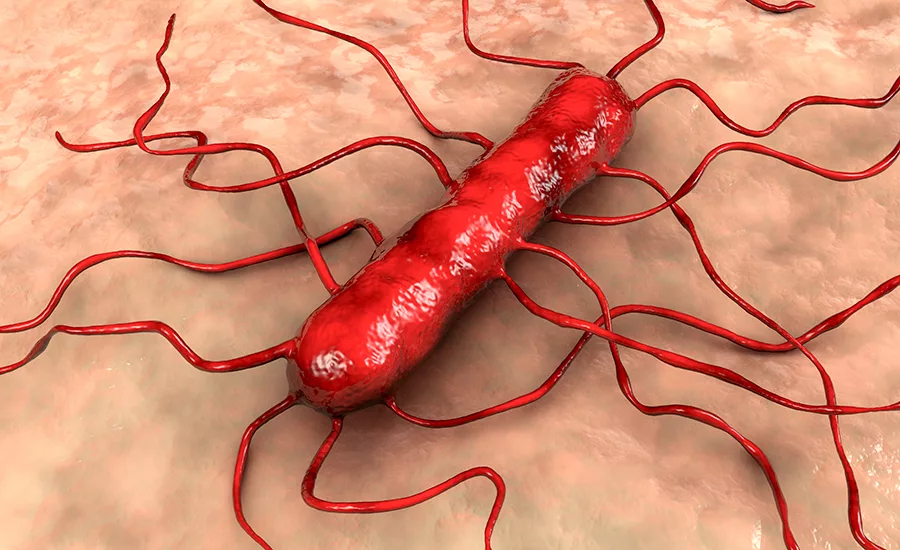Corbion's Improved Listeria Control Model Increases Speed-to-Market and Accuracy of Food Safety Measures

Improvements to the newly relaunched Corbion Listeria Control Model (CLCM) have made the job of identifying the most effective and cost-efficient Listeria control method easy. The online model uses data from 20-plus years of Listeria research in foods. It uses pH, Aw (water activity), salt content, and other parameters to determine the optimum antimicrobial to achieve the desired level of Listeria control. Food manufacturers using CLCM have been able to significantly reduce product development time.
The improved CLCM provides customers with a much better user experience:
- Improved functionality delivers even more accurate predictions in products that contain vinegar.
- Additional data from three more years of validation studies adds greater robustness to the model.
- A friendlier user interface allows easy access, even on mobile devices.
- Modeling results display clearly named prediction lines. “Typical prediction” and “Conservative prediction” better describe the likely outcomes for each set of parameters.
According to Lonneke van Dijk, director, sustainable food solutions, Corbion, the CLCM tool gives customers a speed-to-market advantage, and it's a tool that gets better with time as the company incorporates more real-world data and customer-requested improvements. The latest version of CLCM is more powerful and user-friendly, and is the culmination of sound food safety data, industry experience, and modeling expertise, she says.
Corbion | www.corbion.com
Looking for quick answers on food safety topics?
Try Ask FSM, our new smart AI search tool.
Ask FSM →




.webp?t=1721343192)

